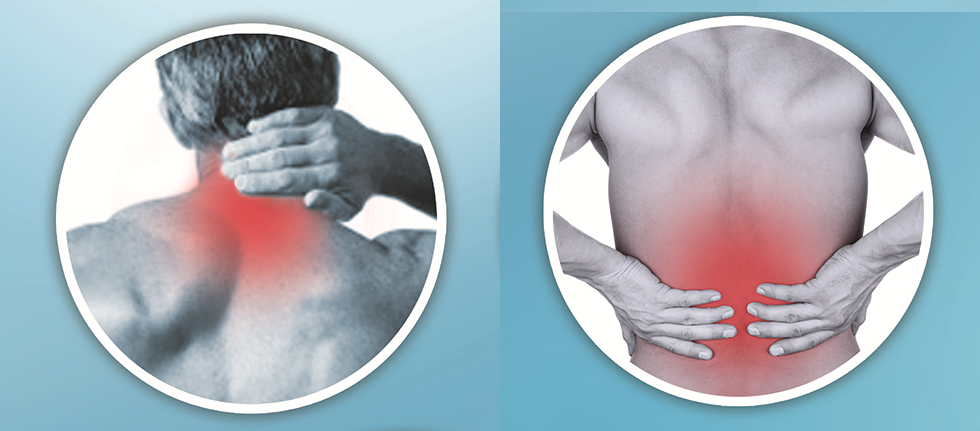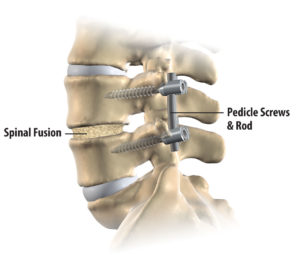How often have you woken up with a dull, throbbing pain in the back? Or got off your seat at work massaging your back or your shoulders? Back pain is more common than one thinks. You would be surprised to know that:
- 75% to 85% of people over 30 years of age experience back pain
- Back pain is the second most common reason for physician visits
- Back pain accounts for more hospitalization than any other musculoskeletal condition
- Back pain results in more lost days from work than any other ailment
How does back pain occur?
Back pain could occur due to simple reasons, like sprain of the back muscles, caused by stress/fatigue/injury. However, there could be more serious reasons, like
– Disc herniation, where the disc between the adjacent segments of spinal vertebra slips. When the disc slips, it touches the exiting nerve root and this causes pain.
– Degenerative Disc disease, which happens due to body wear (over time) or life style choices such as lack of exercises or unhealthy eating habits.
Preventive measures*
Back pain that occurs due to muscular fatigue or injury can be avoided by following simple preventive practices like:
- Correct posture – when sitting in a chair, ensure your knees are slightly lower than your hips
- Avoid direct strain – when lifting heavy objects off the floor, bend your knees as you lift
- Weight watch – maintain optimum body weight; stay within 4.5 kgs of your ideal weight
- Exercise – regular exercise of the back helps strengthen the muscles
When back pain persists, resting the back is the best way to let the muscle/tissues heal while taking medication for sprains. And when the pain still persists, it is time to read on.
What to do when back pain is due to more serious reasons?
Disc herniation is the second most common cause of back pain, detected only after visiting a specialist and conducting the required tests. Disc herniation could be treated by either conservative or invasive (surgical) treatment options, depending on the intensity of the disc slip.
Conservative treatment options include one or more of the following:
- Medication, along with physiotherapy
- Weight control, to manage upper body weight that the spine takes the brunt of when supporting the body
- Electrical stimulation/massage techniques that relieve pain temporarily
- Pain procedures that include epidural infections
Surgical treatment options
Depending on the severity at the advanced stage, any of the following could be recommended:
– Discectomy/Micro Discectomy – Here,only the portion of the disc material that has slipped out is removed and thereby the nerve is relieved off the pressure. This, in turn, relieves the pain for the patient.
– Pedicle fixation/Fusion – In this treatment, the disc is completed scooped out and the empty space is filled with an artificial implant or bone graft. Pedicle screws are fixed in the adjacent vertebrae. Over a period of time, the two vertebrae fuse together, which is the reason the surgery is called fusion. Pedicle fixation/fusion is a standard surgery for severe back pain cases.
If you’re reading this, and you or your loved ones are diagnosed with back pain, it’s time to get it checked. Visit your trusted spinal specialist for a simple check-up, or if you need support, visit https://my-healthconnect.com.
As part of my-healthconnect initiatives, we have empanelled orthopaedic surgeons that include Spine Surgeons as well. Our initiatives have been helpful in connecting patients in sub-urban India as well as overseas patients to specialist surgeons in India for an opinion and, where required, the necessary follow-up treatment.
*As recommended by experts






